In a bid to end “soul-crushing” gridlock on the Capital Beltway that encircles Washington, DC, the state of Maryland has approved a public-private partnership (PPP) scheme to widen two of the relevant interstate highways.
The controversial plan is to attract private money for extra, tolled lanes both on the Beltway, named the I-495, and on the I-270, which runs down into the I-495 from the northwest.
It is championed by state governor Larry Hogan, but criticised by lawmakers in the affected counties that surround Washington, DC in the north and east, namely Montgomery and Prince George’s.
They worry about the financing model, and the future prospect of demolishing homes.
Governor Hogan has called them “pro-traffic” in the long-running wrangle.
After offering the concession of widening the I-270 first and saving the trickier I-495 section for later, the Maryland Board of Public Works approved Hogan’s plan following a heated three-hour meeting on 5 June.Â
Private sector firms will be asked to finance, design, build, operate and maintain extra lanes on the highways, and will try and make good on their investment from a share of the toll revenue.
Initially costed at up to $11bn, the programme would be the “largest highway public-private partnership of its kind in the world”, the governor’s office claimed.
The first phase will add two toll lanes in each direction on the I-270 through Montgomery County.
The second would add two to the I-495 in southern Montgomery County, and to the American Legion Memorial Bridge over the Potomac River.
A third will add lanes to the I-495 in Prince George’s County, to the east of DC.
Because the second and third phases will require the demolition of homes, they have been delayed to give state officials more time to persuade leaders of Montgomery and Prince George’s counties.
But with a poll in May showing 61% of residents in the DC-area and Montgomery County supporting the scheme – dropping to 48% in Prince George’s – Governor Hogan continued his direct appeal to suffering commuters.Â
Of the phasing, he said: “This will allow a couple more years of input and study and debate and more time for the overwhelming majority of citizens and the hundreds of thousands of commuters who sit in that traffic to convince their local leaders that they desperately want to relieve this traffic congestion on the Beltway.”
Each phase will come before the Board of Public Works for separate votes.
In a further concession to people worried about adding more cars to the road, the Maryland Department of Transportation (MDOT) decided on 5 June to dedicate 10% of the state’s portion of toll revenue to fund regional transit projects.
MDOT officials also agreed to conduct an I-270 monorail feasibility study, and to let local buses use the new toll lanes at no charge.
The approval of the project allows MDOT and the Maryland Transportation Authority to put out tenders for private investors and to research solutions for congestion relief.
Image: Heavy traffic on the Capital Beltway (I-495) north of the American Legion Memorial Bridge in Montgomery County, Maryland, in 2016 (Famartin/CC BY-SA 4.0)
Further reading:
Comments
Comments are closed.





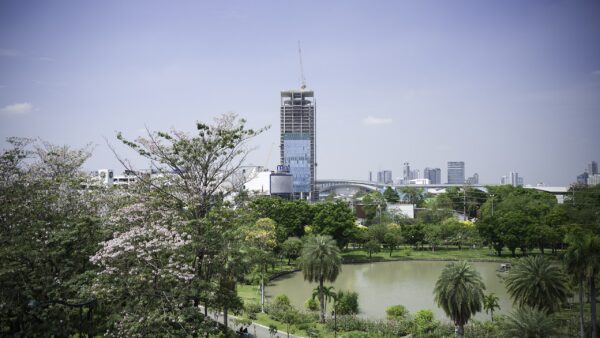

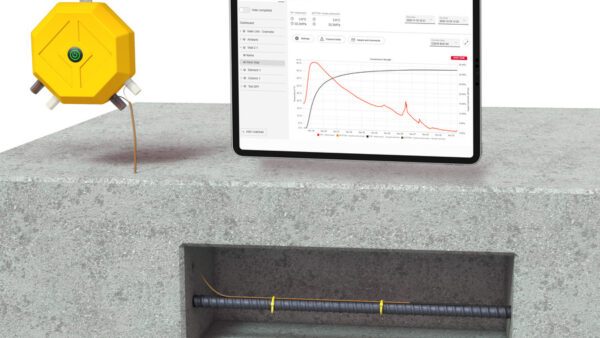
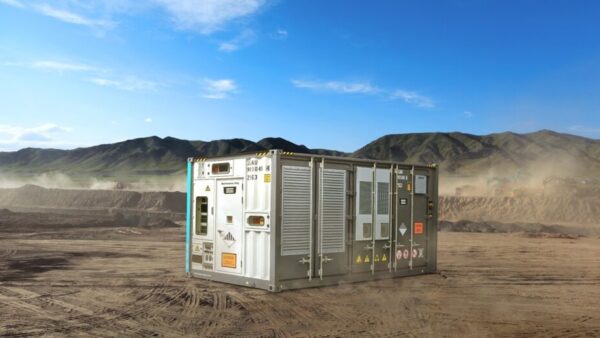
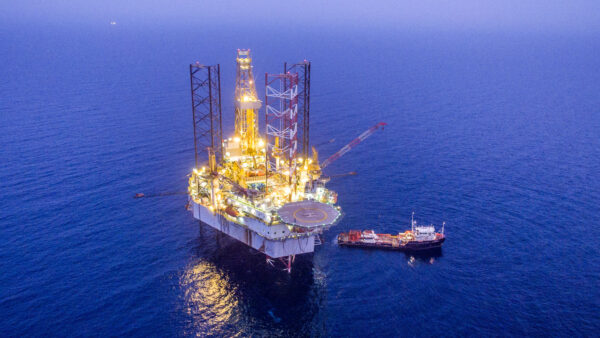
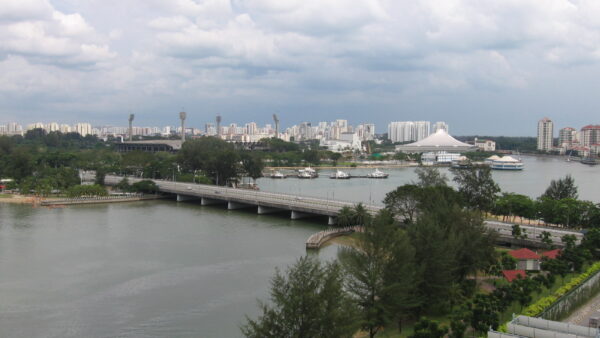
If you build it they will come. More lanes = attracting more traffic, which in time will lead to them back to square 1.